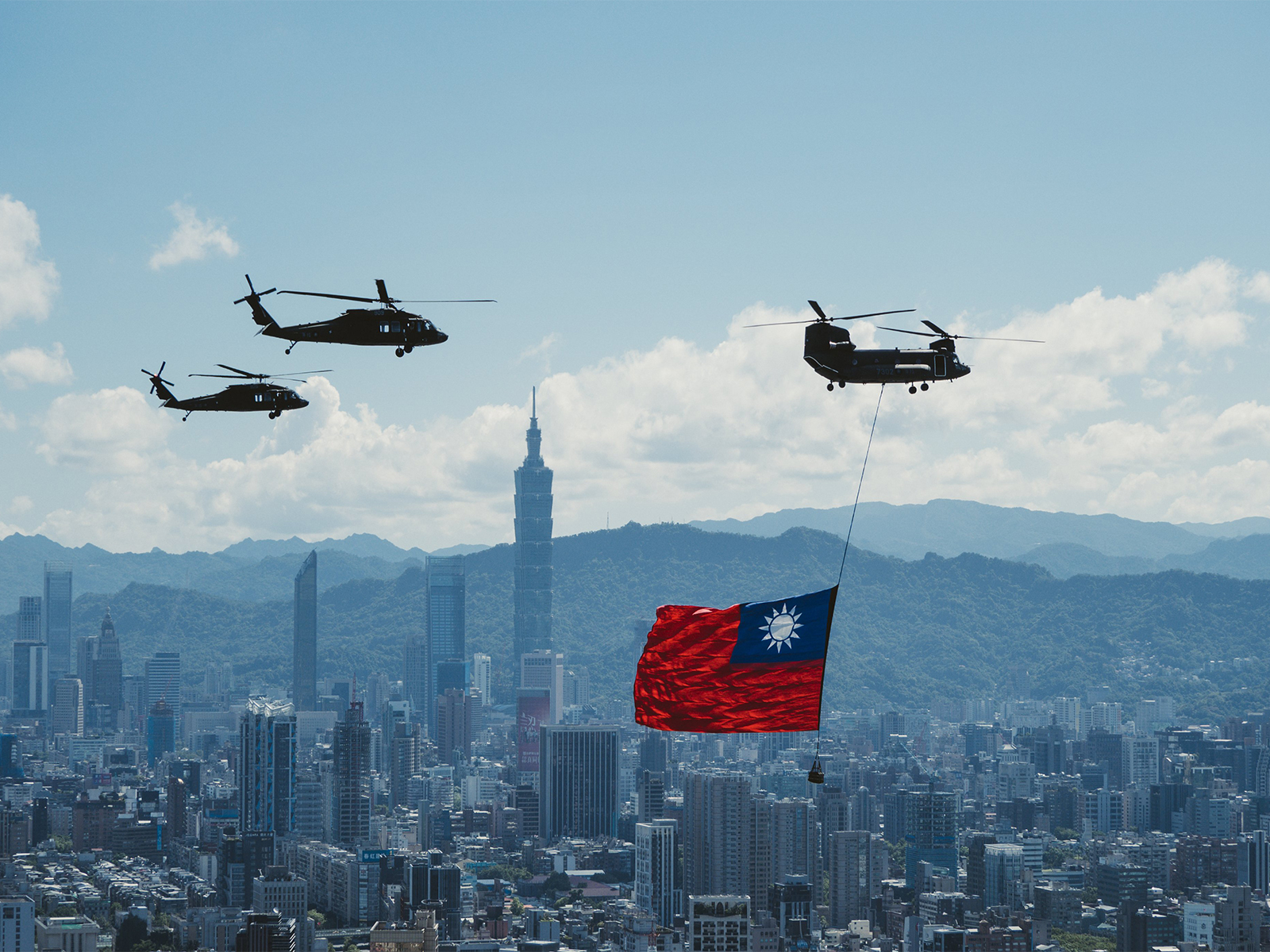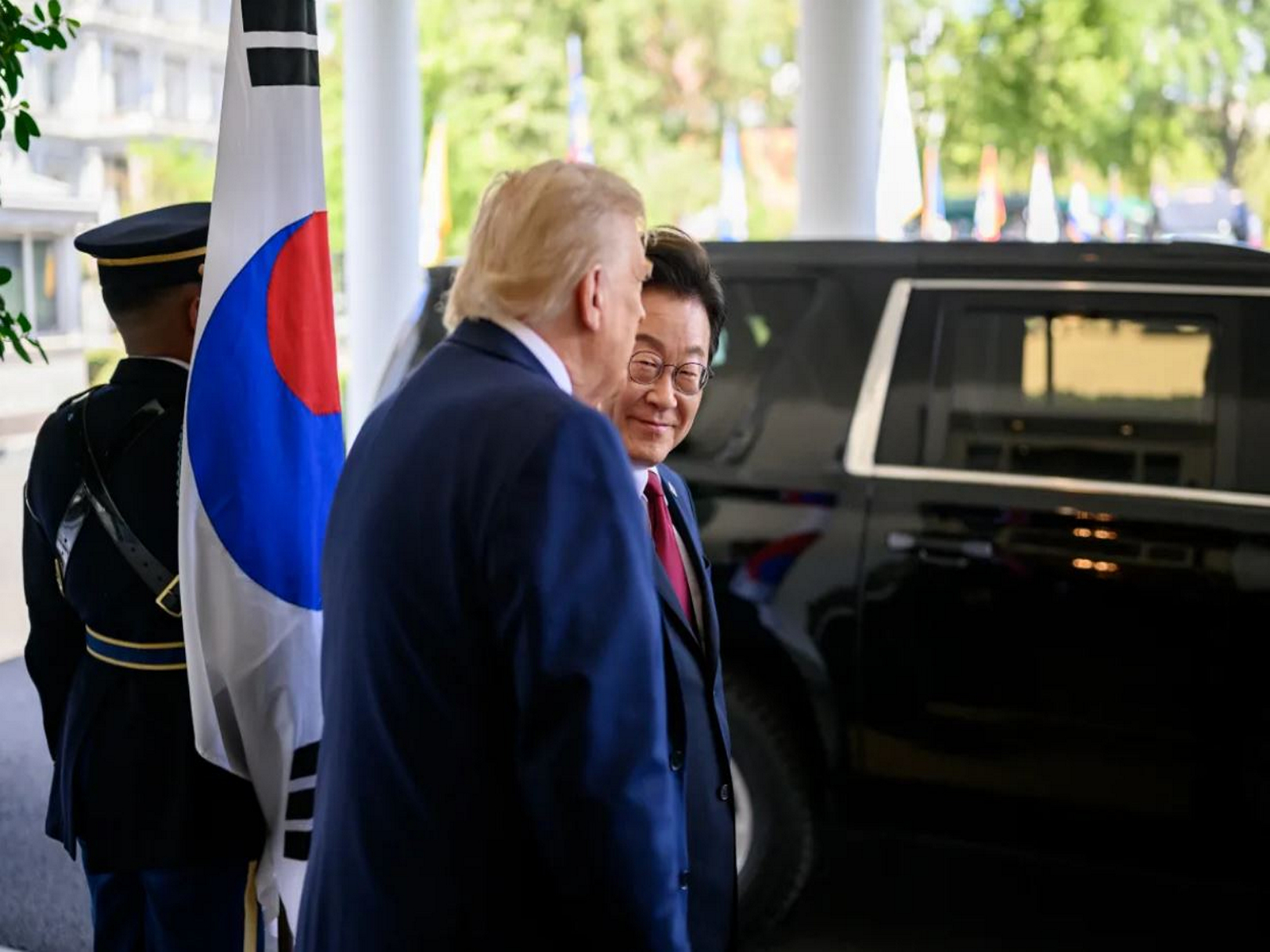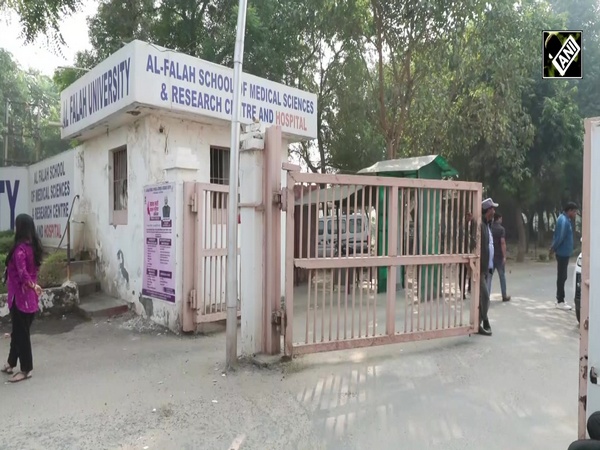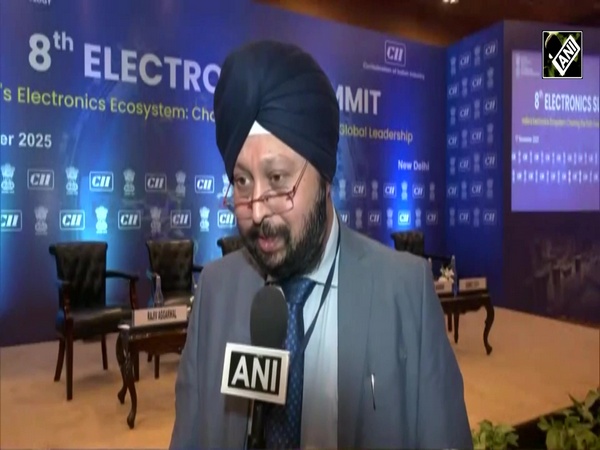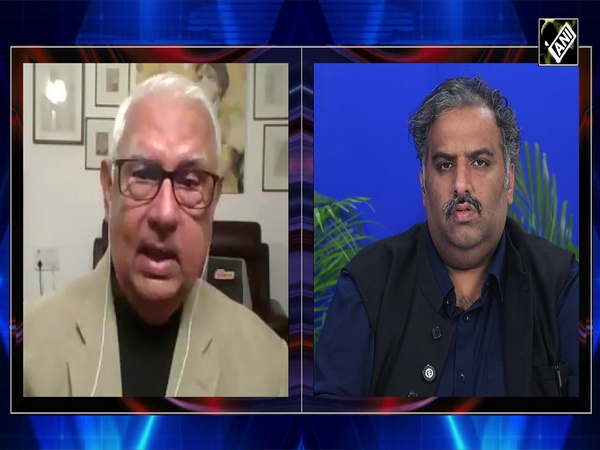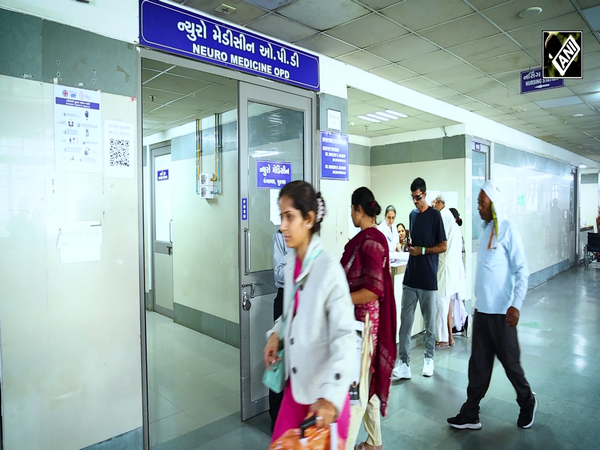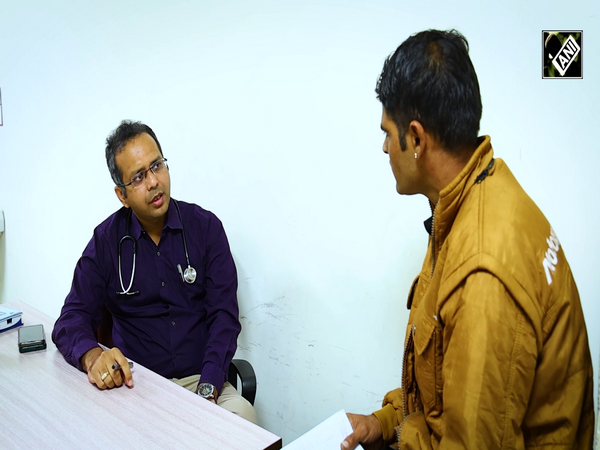Russia, US working on ways to resume inspections under new START treaty
Aug 21, 2022

Washington [US], August 21 : Moscow and Washington are working on removing obstacles to resuming inspections under the New START arms control treaty, with some issues already resolved, the Russian Embassy in the United States said on Saturday.
"The inspection activities under the New START Treaty have indeed been suspended since early 2020 by mutual agreement due to the COVID-19 pandemic. We are working closely with our American colleagues within the framework of the New START Bilateral Consultative Commission to remove organizational and technical obstacles to resume inspections," the embassy said in a comment to the Newsweek media outlet on the current situation on arms control.
The Russian embassy said some issues have been resolved but by no means all of them. It also said that the treaty expires in 3.5 years and that the remaining time to work out an agreement is "extremely short."
"Any interaction on arms control matters must be conducted on an equal basis, with due consideration for mutual concerns and interests," the embassy added.
The Treaty between the United States of America and the Russian Federation on Measures for the Further Reduction and Limitation of Strategic Offensive Arms, also known as the New START Treaty, enhances U.S. national security by placing verifiable limits on all Russian deployed intercontinental-range nuclear weapons.
The New START Treaty entered into force on February 5, 2011. Under the treaty, the United States and the Russian Federation had seven years to meet the treaty's central limits on strategic offensive arms (by February 5, 2018) and are then obligated to maintain those limits for as long as the treaty remains in force, according to US State Department.
Both the United States and the Russian Federation met the central limits of the New START Treaty by February 5, 2018, and have stayed at or below them ever since. It is expected to last until February 5, 2026, having been extended in 2021.
Those limits are: 700 deployed intercontinental ballistic missiles (ICBMs), deployed submarine-launched ballistic missiles (SLBMs), and deployed heavy bombers equipped for nuclear armaments and 1,550 nuclear warheads on deployed ICBMs, deployed SLBMs, and deployed heavy bombers equipped for nuclear armaments (each such heavy bomber is counted as one warhead toward this limit).
It also restricts 800 deployed and non-deployed ICBM launchers, SLBM launchers, and heavy bombers equipped with nuclear armaments.
New START limits all Russian deployed intercontinental-range nuclear weapons, including every Russian nuclear warhead that is loaded onto an intercontinental-range ballistic missile that can reach the United States in approximately 30 minutes.
It also limits the deployed Avangard and the under development Sarmat, the two most operationally available of the Russian Federation's new long-range nuclear weapons that can reach the United States.
